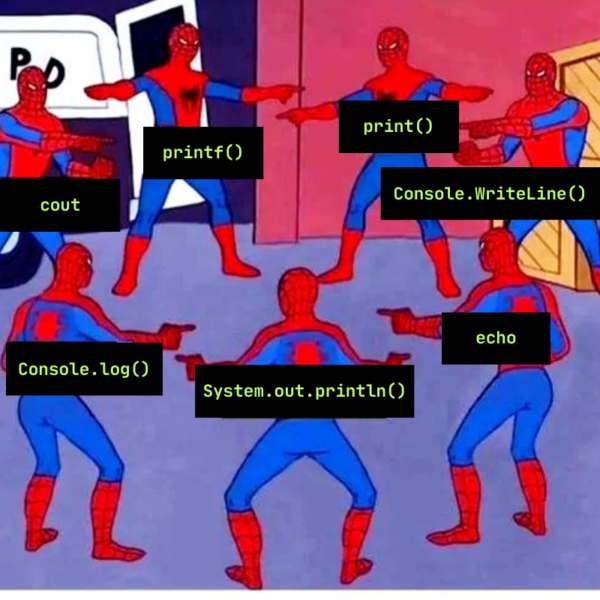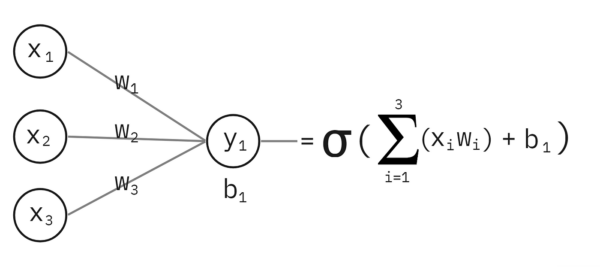
Here’s the “official unofficial” list of tech, entrepreneur, and nerd events for Tampa Bay and surrounding areas for Monday, May 13 through Sunday, May 19, 2024.
This week’s events
- Monday, May 13
- Tuesday, May 14
- Wednesday, May 15
- Thursday, May 16
- Friday, May 17
- Saturday, May 18
- Sunday, May 19
Monday, May 13
Tuesday, May 14
Wednesday, May 15
Thursday, May 16
Friday, May 17
Saturday, May 18
Sunday, May 19
About this list
How do I put this list together? It’s largely automated. I have a collection of Python scripts in a Jupyter Notebook that scrapes Meetup and Eventbrite for events in categories that I consider to be “tech,” “entrepreneur,” and “nerd.” The result is a checklist that I review. I make judgment calls and uncheck any items that I don’t think fit on this list.
In addition to events that my scripts find, I also manually add events when their organizers contact me with their details.
What goes into this list? I prefer to cast a wide net, so the list includes events that would be of interest to techies, nerds, and entrepreneurs. It includes (but isn’t limited to) events that fall under any of these categories:
- Programming, DevOps, systems administration, and testing
- Tech project management / agile processes
- Video, board, and role-playing games
- Book, philosophy, and discussion clubs
- Tech, business, and entrepreneur networking events
- Toastmasters and other events related to improving your presentation and public speaking skills, because nerds really need to up their presentation game
- Sci-fi, fantasy, and other genre fandoms
- Self-improvement, especially of the sort that appeals to techies
- Anything I deem geeky







